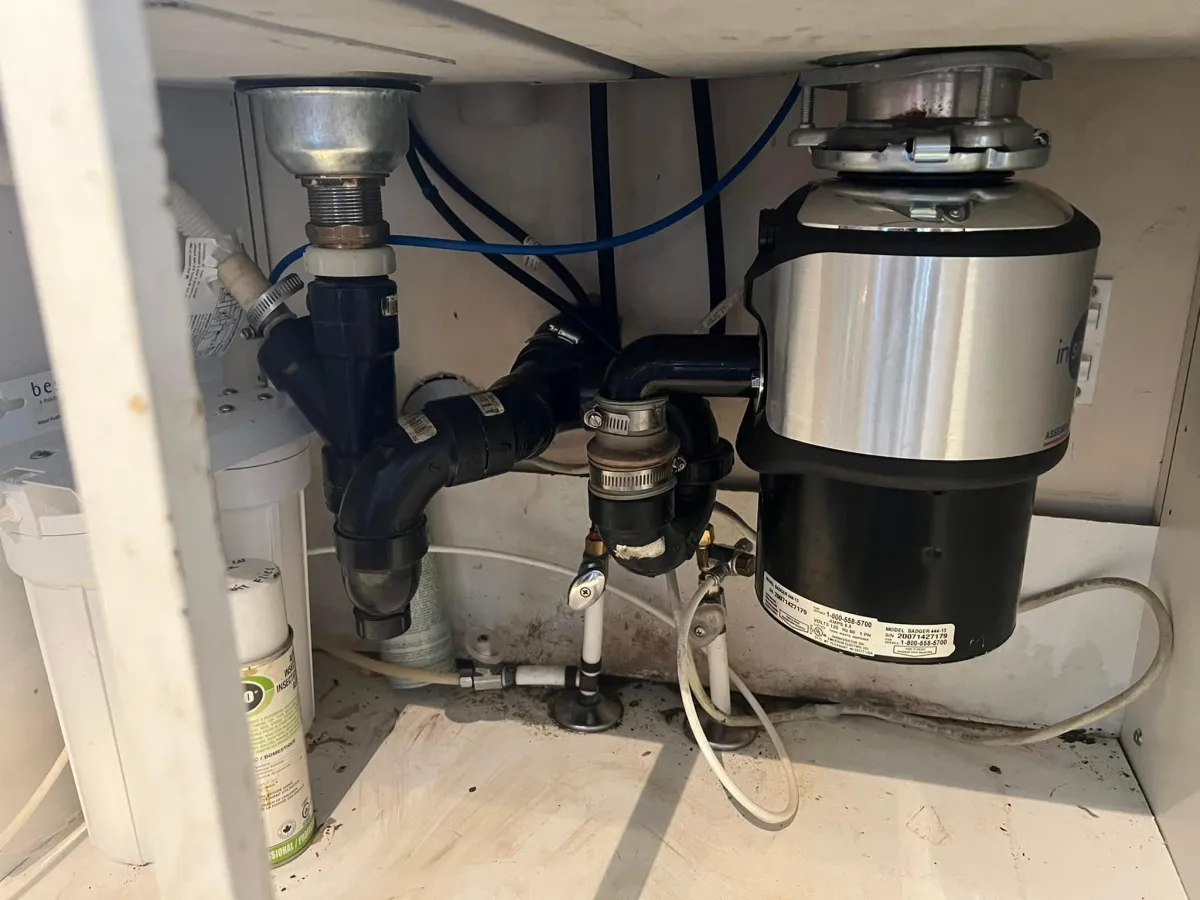
How to Choose the Right Sump Pump for Alberta Basements
Every spring in Alberta, melting snow and rising groundwater put basement plumbing systems to the test. Homeowners in Edmonton often face one of two problems: a sump pump that can’t keep up or no sump pump at all. The wrong system can lead to flooding, foundation damage, or mold growth—issues that are costly and avoidable.
This guide explains how to choose the right sump pump for your Alberta basement. You’ll learn what types are available, what features to prioritize, and how to size and maintain your system properly for our unique weather and soil conditions.
Why Sump Pumps Matter in Alberta Basements
A sump pump’s job is simple but essential—it removes water from a pit beneath your basement floor before it can flood your space. In Alberta, where soil shifts, frost penetrates deep, and spring thaw brings heavy water runoff, that protection is crucial.
Without a working sump pump, groundwater can seep through your foundation, damaging walls, flooring, and valuables. Proper selection and maintenance not only prevent damage but also help maintain your home’s overall value.
Here’s why having the right sump pump matters:
Prevents flooding during snowmelt and rainstorms
Protects your home from rising groundwater
Keeps basements dry and reduces mold risk
Extends the life of your foundation and plumbing system
Factors to Consider When Choosing a Sump Pump
Before buying a sump pump, it’s important to understand how different types and features affect performance. Each factor below plays a role in finding the right fit for your basement and water load.
Type of Pump
There are two main sump pump types you’ll find in Alberta homes:
Submersible pumps sit inside the sump pit and operate underwater. They’re quiet, efficient, and better suited for modern basements.
Pedestal pumps have motors mounted above the pit. They’re easier to service but noisier and less durable over time.
For most Edmonton homes, a submersible pump is the better long-term investment.
Horsepower and Capacity
Sump pumps are rated by horsepower and flow capacity. Residential models typically range from 1/3 HP to 1/2 HP. A 1/3 HP model suits most average homes, while larger or flood-prone basements benefit from a 3/4 HP pump or higher.
Always check two key specs:
Flow rate (how many gallons or litres it pumps per minute)
Head height (how far vertically and horizontally it must move water)
If you’re unsure, choose a slightly more powerful pump—undercapacity is riskier than oversizing.
Build Quality and Materials
The pump’s construction affects its durability. Cast iron housings are best because they dissipate heat and last longer than plastic. Also check that:
The impeller and motor seals are corrosion-resistant
The float switch is sturdy and won’t get stuck
The intake design prevents clogging
Activation Switch Type
Sump pumps turn on automatically when water rises. The reliability of that switch is crucial. Common options include:
Vertical floats, compact and reliable for smaller pits
Tethered floats, better for larger basins
Pressure or diaphragm switches, sealed and less prone to debris issues
Avoid designs with moving arms or chains that can snag or jam inside the pit.
Backup and Redundancy
Power outages and heavy storms often go hand in hand in Alberta. That’s why backup systems are essential. Consider adding:
Battery backup units, to keep water moving during power loss
Dual pump setups, where a second pump takes over if the first fails
Water level alarms, for early warning before flooding starts
Installation and Local Code Considerations
Even the best pump fails if it’s installed incorrectly. Make sure the discharge pipe drains water far away from your foundation and is protected from freezing at the outlet. A plumber familiar with Edmonton’s municipal codes can ensure it’s up to standard.
How to Choose the Right Pump: Step-by-Step Guide
Here’s a simple decision process Alberta homeowners can follow:
Evaluate your basement’s water risk. Check if you’ve had moisture issues, flooding, or water staining.
Measure your pit’s depth and discharge distance. The higher and farther the water needs to go, the stronger your pump must be.
Pick the pump type. For most modern homes, a submersible model works best. Pedestal options are fine for tighter budgets or smaller pits.
Choose the right horsepower. 1/3 HP handles light use; 1/2 to 3/4 HP is ideal for larger or wetter basements.
Prioritize durability. Look for cast iron construction, stainless-steel fasteners, and sealed motors.
Plan for a backup. A battery system or secondary pump adds protection during storms and outages.
Schedule professional installation. Local plumbers ensure the setup meets city requirements and performs efficiently year-round.
Following these steps ensures your sump pump can handle Alberta’s unpredictable weather without fail.
Common Questions About Sump Pumps
How powerful should my sump pump be for an Edmonton home?
For most homes, a 1/3 or 1/2 HP submersible pump works well. Larger homes or heavy water conditions might need 3/4 HP or higher.Do I really need a battery backup?
Yes, especially in Alberta’s spring storms and power outages. A backup pump can prevent flooding when your main system stops.How long does a sump pump last?
On average, 7 to 10 years with proper maintenance. You should test it once or twice a year and clean the pit regularly.Can I install a sump pump myself?
DIY installation is possible, but plumbing professionals ensure it’s correctly vented, sealed, and compliant with local building codes.What’s the best time to replace or upgrade a sump pump?
Late summer or early fall—before thaw and rainfall increase the water load.
Conclusion
Choosing the right sump pump for an Alberta basement isn’t about brand—it’s about matching the pump to your home’s unique conditions. The right type, horsepower, and backup system can protect your foundation and give you confidence through every thaw and storm.
If you’re unsure which sump pump suits your basement, work with an Edmonton plumbing expert who understands the local environment. Professional installation ensures your system performs reliably, year after year.